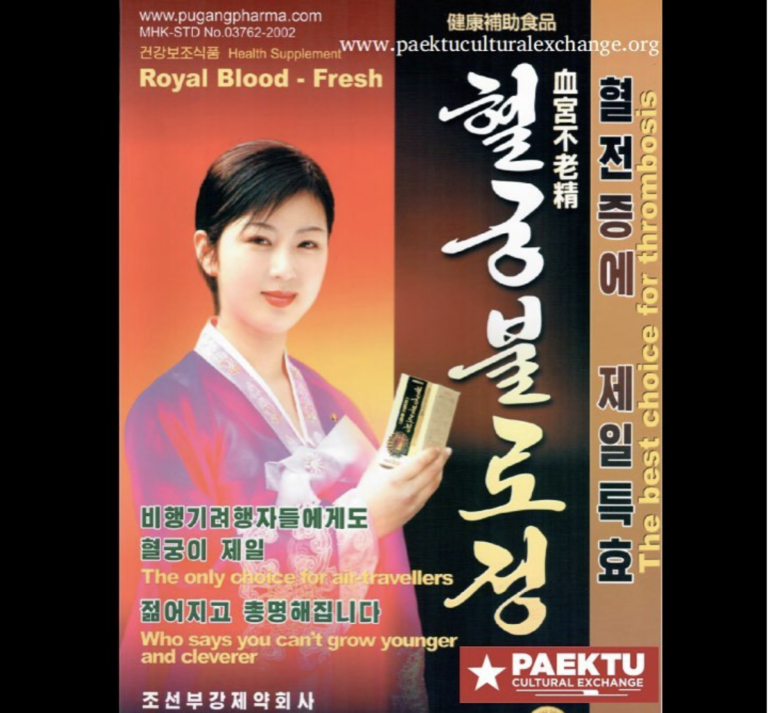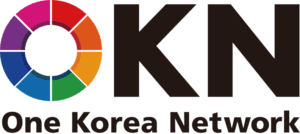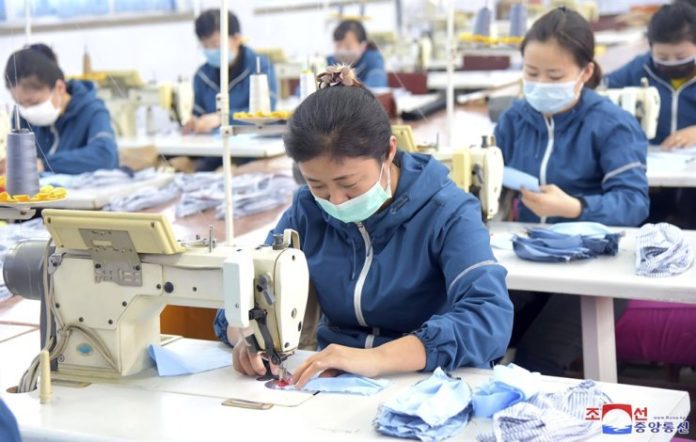How many things do you own that were made by slaves—specifically, enslaved North Koreans or Uygurs? The bad news is that no one knows, because most of the evidence is hidden deep within the supply chains. The good news is that this may be changing just enough to make the use of slave labor unprofitable for the retailers you buy from and the sweatshops in China that employ it.
“Royal Blood-Fresh”
Chinese manufacturers have a long history of sourcing their goods from North Korean state-owned sweatshops that sew “Made in China” tags onto the wares. It’s up to 75 percent cheaper for Chinese manufacturers to use North Korean labor.
“North Korean workers can produce 30 percent more clothes each day than a Chinese worker,” said the Korean-Chinese businessman.
“In North Korea, factory workers can’t just go to the toilet whenever they feel like, otherwise they think it slows down the whole assembly line.”
“They aren’t like Chinese factory workers who just work for the money. North Koreans have a different attitude — they believe they are working for their country, for their leader.” [Reuters]
According to the Financial Times, the use of North Korean labor in Dandong is long-established and extensive. Of course, we expect this kind of class exploitation and enslavement of the proletariat from … the Chinese Communist Party and the Workers’ Party of Korea. It’s more disappointing when a self-described progressive democracy does it. While the Kaesong Industrial Complex was operating, North Korean labor and components manufactured there were probably leaking into U.S. commerce with “Made in Korea” labels. If you’re tempted to defend the labor practices at Kaesong and haven’t yet read Marcus Noland’s 2014 paper, “See No Evil: South Korean Labor Practices in North Korea,” you should probably do that now. Before 2011, various people imported women’s garments, motorcycle helmet linings, and other items from North Korea, most of them probably as via Kaesong. In 2006, Ikea imported quilts and pillows made with fabric from “Pakistan, India, China, or North Korea.” At the time, this was all perfectly legal, which may be the reason some of South Korea’s least ethical investors recently spent nearly a million dollars on lobbyists on a campaign to convince Congress to relax U.S. sanctions and reopen Kaesong.
Then there was the curious case of one Sean Kim of Torrance, California, who imported North Korean dietary supplements—which is terrifying if you know anything about North Korea’s reputation for medical quackery. Even more terrifying is the supplement’s name: “Royal Blood-Fresh.” Pugang claimed that Royal Blood-Fresh was a preventive for deep-vein thrombosis. Shockingly, at least one doctor dismissed that claim as non-scientific.

According to the Washington Post, the North Korean manufacturer of Royal Blood-Fresh, Pugang Pharmaceutic Co. Ltd., is a part of the North Korean conglomerate she described as “Pugang Corporation.” In 2005, the Treasury Department designated and froze the assets of a company called Korea Pugang Trading Company for being a subsidiary of Korea Ryonbyong Trading Company, which was involved in (wait for it) the proliferation of weapons of mass destruction. In 2007, Customs missed that connection and let Mr. Kim’s supplements in despite the blocking order. In 2015, Pugang’s head even sat for an interview with a Washington Post reporter and openly confessed to conspiracy to commit money laundering to evade the blocking action. According the Post, Pugang was selling the supplements with the marking “Made in Korea,” but the 2007 Customs ruling indicates that they were marked “Made in DPR Korea,” which would have been understood by all of twelve American consumers. Pugang also sold its products to South Koreans. In 2017, three Russians were arrested for smuggling them into Busan without government approval.
So, in what universe did anyone think Royal Blood-Fresh was a good idea?



